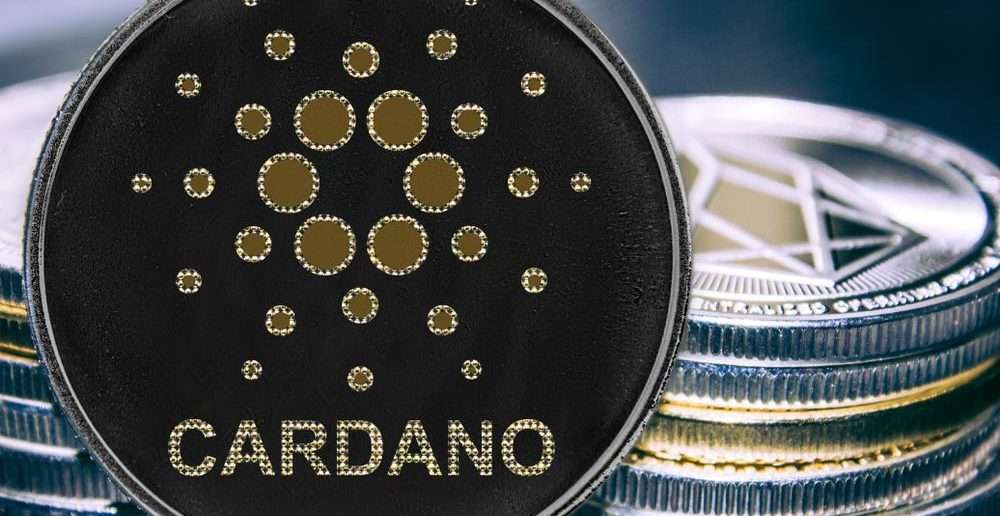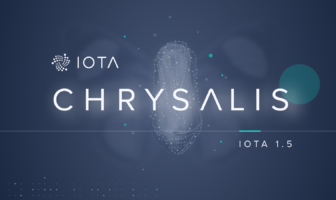What is Cardano?
Cardano is a Blockchain project, also called 3rd generation Blockchain because of its scientific philosophy, designed and developed by a team of worldwide scientists and engineers. The aim of the project is to develop a technology that is secure, flexible and scalable and can therefore be used by many millions of users.
In contrast to other projects, Cardano pursues a policy that seeks to reconcile the needs of the user with those of the regulatory authorities, combining privacy with regulation. Cardano’s vision is that the project will lead to greater global financial integration for all people by providing all people with open access to fair financial services. Cardano wants to create a technological platform on which financial applications can be developed and executed.
It has basically great similarities with Ethereum. Cardano is a platform such as Ethereum, EOS or NEO that enables the creation of new tokens and decentralized applications (dApps) and smart contracts. From a technical point of view, however, there are major differences which we will discuss later.
The cryptocurrency of Cardano is ADA. Like any crypto currency, ADA allows the user to send assets within the Cardano network seamlessly over the Internet in a secure and fast manner. You can find the current price of ADA on our chart page.
Cardano History
Cardano was founded by Ethereum co-founders Charles Hoskinson and Jeremy Wood after both left the Ethereum project after a disagreement over further development. While the later Cardano founders wanted to create a commercial enterprise behind Ethereum, Vitalik Buterin’s group was able to assert itself by setting up a charitable foundation behind the project.
Logically, Hoskinson and Wood founded a company, Input Output Hong Kong (IOHK), to manage Cardano’s research and development. Between September 2015 and January 2017, Cardano conducted a public ICO that raised a total of 62 million US dollars. About two thirds of all Ada tokens were sold.
Cardano was officially launched on 29 September 2017. Currently the project is still in its bootstrap era (“Byron”). In the bootstrap era, when people buy or sell Ada, the transaction is automatically delegated to a pool of trusted nodes that manage the network. They do not receive block rewards in this phase of the project. IOHK is currently working on numerous improvements and features. The next phase “Shelley” is to be introduced in 2019. In this phase, the project will grow into a fully decentralized and autonomous system.
This will be followed by the “Goguen” era, in which the integration of smart contracts is planned. This is followed by the “Basho” phase, which is intended to improve performance, and finally the “Voltaire” phase, which is intended to add a treasury system and a governance model (“Liquid Democracy”). The complete roadmap can be seen here.
The organization behind Cardano
As already written, Charles Hoskinson has decided to found the company IOHK in order to guarantee a coordinated and planned development of the project. IOHK is responsible for the design, development and maintenance of the Cardano platform until 2020.
In addition, however, there were originally two other institutions that took care of the Cardano project: Emurgo and the Cardano Foundation, based in Switzerland. Emurgo is a Japanese company that is also currently pushing partnerships with other commercial companies and organizing Cardano’s business development.
In particular, the Cardano Foundation was entrusted with administrative tasks. Otherwise the Foundation was responsible for public relations, trademark law, lobbying and cooperation with governments and regulators. In October 2018, however, there was a break between IOHK/ Emurgo and the Cardano Foundation. Among other things, Hoskinson has accused the Cardano Foundation under the direction of Michael Parsons of inaction. As a result IOHK and Emurgo decided to take over the tasks of the foundation.
Cardano: 3rd generation blockchain
Charles Hoskinson has recognized that 2nd generation blockchains still have many open problems to be successful in the long run. These are in particular scalability, interoperability and sustainability. Cardano has (partly) developed new concepts and technologies for this purpose.
Scalability
In terms of scalability, there are three challenges for Cardano:
- Transactions per second (TPS)
- Network / Bandwidth
- Data scaling
Transactions per second
The Transactions per Second (TPS) measure how many transactions per second can be written to a block. According to Hoskinson, however, this is only part of the problem of scaling. While Bitcoin 3-7 TPS and Ethereum 10-20 TPS create, this is far from enough to host millions of users. The solution to this problem is Cardanos Ouroboros Proof-of-Stake algorithm, which we will discuss later.
Network
A further challenge is the network, which will also have an exponentially increasing demand for network resources with millions of users as the demand increases with the number of transactions. The demand will grow in size regions of several hundred terabytes or even exabytes.
Therefore, it will be impossible to maintain a homogeneous network topology in which each node forwards each transaction and message. Not every node will have the necessary resources. To solve this problem, Cardano intends to use a technology called RINA.
Data scaling
Since the blockchain has to store the data forever, there will be an enormous and constantly growing amount of data to be scaled (“Data Scale”). The problem is obvious. If every node has to keep a complete copy of the entire blockchain, this will not be possible for every node from the point of view of resources. The solution is that not every node needs all data. The solution approaches therefore include in detail:
- Pruning
- Subscriptions
- Compression.
Interoperability
Charles Hoskinson believes that there will not be a single crypto currency to be used in the future. Therefore Cardano aims at enabling the different blockchains to communicate with each other. Cardano’s vision is to create an “Internet of blockchains” in which there is no intermediary.
A solution to this problem should be for Cardano, Sidechains. The concept has been around in crypto space for quite some time. Simply put, sidechains are parallel blockchains that can communicate with the main blockchain.
In addition, Cardano tries to comply with all existing compliance rules: KYC (Know Your Customer), AML (Anti Money Laundering), ATF (Anti Terrorist Financing). In order for this to work, Cardano provides metadata to each transaction.
Sustainability
According to Hoskinson, sustainability is the most difficult challenge. Basically, it means that continuous developments must be carried out on the system. This requires financial resources. Both a patronage and an ICO do not make sense for Hoskinson. Patronage leads to centralization, while ICOs provide short-term resources for the ecosystem, but at the same time produce a new, useless token.
For this reason, Cardano is oriented towards Dash’s treasury system. Each time a block is added to the block chain, a portion of the rewards is added to the Treasury. If funds are needed for development, they can be allocated.
To this end, Cardano has developed a governance model (“liquid democracy”) in which stakeholders can vote on a proposal for the distribution of funds.
Ada: Ouroboros Proof-of-Stake
Similar to Ethereum’s future proof-of-stake (PoS) “Casper”, Cardano also relies on a PoS. This means that there are no miners within the Cardano network responsible for validating transactions. A new proof-of-stake algorithm called Ouroboros was developed for Cardano. The basic difference between Ouroboros and Ethereum’s Casper or other similar algorithms is how block premium recipients (validators) are selected.
The core idea of the Ouroboros Proof of Stake is that a node is selected to create a new block with a probability proportional to the total number of Ada. This means that the more Ada a stakeholder has, the more he can earn over time.
In principle, each node with an Ada credit balance greater than 0 is referred to as a “stakeholder”. When a node is selected to create a new block, it is called a slot leader. The slot leader writes the transactions into a block, signs this block with his secret key and publishes the block in the network.
A fundamental problem in this electoral process is randomness. To achieve this, Cardano uses a Multiparty Computation (MPC) approach in which each voter independently performs an action called coin tossing (Coin-Fllipping Protocol).
Bottom line: Is Cardano (ADA) worth investing?
Cardano is a project that focuses less on noisy marketing and instead takes a scientific approach to developing a 3rd generation blockchain. As a result, Cardano will gradually grow to offer more features, including smart contracts, side chains, and multi-party computing. Consequently, Cardano is a very promising project.
If you are now interesstedin buying Cardano (ADA), you can visit our tutorial – how and where to buy ADA.
Subscribe to our daily newsletter!
No spam, no lies, only insights. You can unsubscribe at any time.
For detailed information we recommend the following explanation video to Cardano of Charles Hoskinson.





